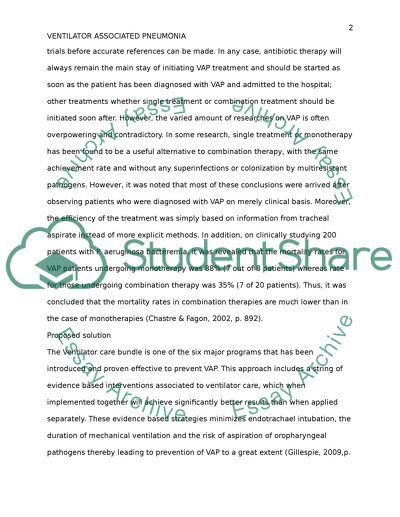Cite this document
(“Ventilator Associated Pneumonia - Proposed Solution, Implementation Essay”, n.d.)
Retrieved de https://studentshare.org/health-sciences-medicine/1452479-proposed-solution-implementation-and-evaluation
Retrieved de https://studentshare.org/health-sciences-medicine/1452479-proposed-solution-implementation-and-evaluation
(Ventilator Associated Pneumonia - Proposed Solution, Implementation Essay)
https://studentshare.org/health-sciences-medicine/1452479-proposed-solution-implementation-and-evaluation.
https://studentshare.org/health-sciences-medicine/1452479-proposed-solution-implementation-and-evaluation.
“Ventilator Associated Pneumonia - Proposed Solution, Implementation Essay”, n.d. https://studentshare.org/health-sciences-medicine/1452479-proposed-solution-implementation-and-evaluation.


